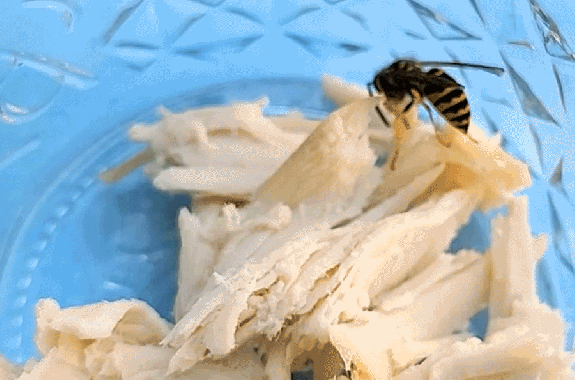Grade Level
All
minutes
1-3 hours
subject
Life Science
stem practices
Planning and Carrying Out Investigations
Activity Type:
Family activity, backyard science, nature
If you’ve ever tried to enjoy a juicy piece of watermelon at a late summer picnic, chances are you’ve been interrupted by an unwelcome visitor who wants to share your treat. It’s pretty common to have wasps such as yellow jackets crash the party, but rather than being frightened, you can use the opportunity to learn more about these important insects.
As grumpy as they may sometimes seem, wasps perform a vital function—they pollinate our plants. Just like bees, wasps travel from flower to flower, looking for sugary nectar to sip. It’s one of their favorite foods! Wasps are also fierce predators. They hunt spiders, caterpillars, flies, and many other insects. Plus, they help rid our gardens of many of the pests that can harm our plants.
Wasps are an essential part of the ecosystem, helping to keep it balanced and productive. People need them, but that doesn’t mean you like them when they hang around the picnic table! Why do wasps want our hamburgers and watermelon, and what can we do to keep them out of our summer festivities? In this activity, you’ll experiment to see what foods wasps prefer then use that information to keep them away from your lunch. But first, you need to understand how wasps work.
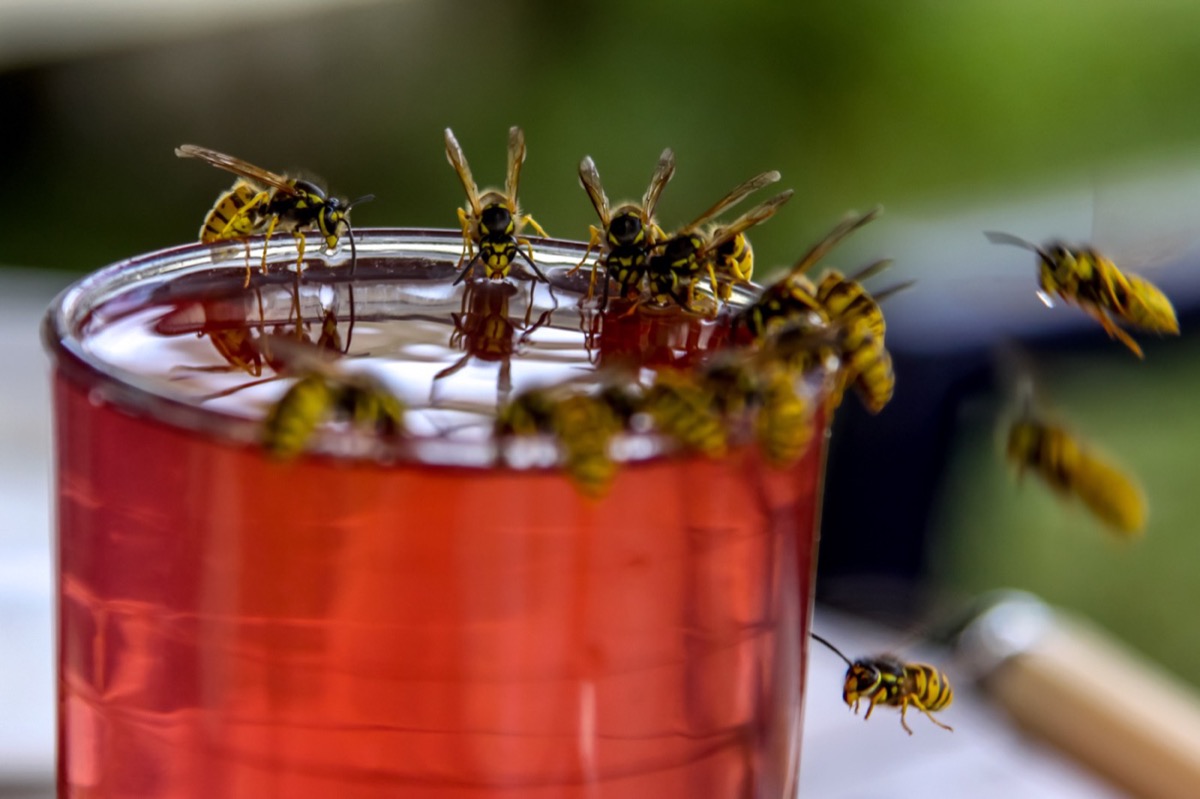
Wasps On The Hunt For Food
Though wasps are often hard at work hunting for caterpillars, worker wasps don’t eat what they catch. During late spring and early summer, wasps bring those morsels back to their nests for quickly-growing larvae—worm-like immature wasps—to eat. Protein is the perfect food for a growing wasp baby, and a colony needs lots of workers. That’s why you may see wasps trying to get a bit of your burger or hot dog. They want the meat for the colony’s young. In return for bringing dinner, the larva rewards the full-grown wasp with a sugary excretion from its mouth. (Yeah. It’s kind of gross, but wasps are gonna wasp.)
As the season goes on, and summer becomes fall, the larvae become pupae before transforming into adults. Eventually, the queen stops laying eggs. Once enough food is stockpiled for the queen to survive the winter months, the worker wasps aren’t really needed for anything except the defense of the nest. That means there are lots of wasps flying around without much to do. By this point, they’ve also been cut off from their favorite sugary treat, because there are no more larvae in the nest. That’s why, if you’re outside with a delicious glass of sweet lemonade in late summer, those wasps will want to take a sip.
As temperatures cool during the fall, wasps slow down and become sluggish. Their bodies can’t process energy very well anymore and even flying becomes too hard to do. By late September they return to the nest and stay there. Most wasps won’t survive the winter. Instead, in spring a new queen will emerge, build a new nest, and start laying eggs to make a new colony of worker wasps.
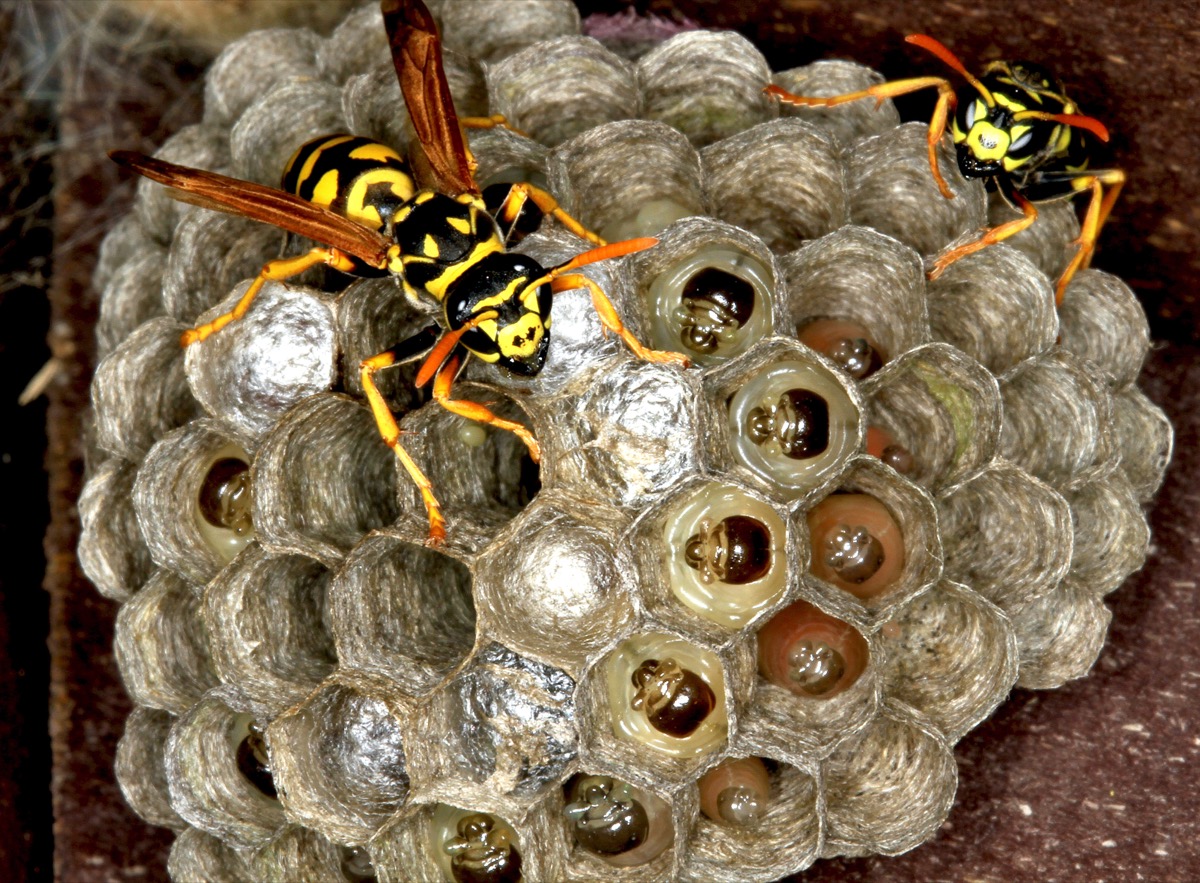
Understanding Wasp Behavior
You can learn more about wasp behavior, including what NOT to do if they start bugging you, in Science Friday’s interview with Professor Seirian Sumner, a professor of behavioral ecology at University College London and author of the book Endless Forms–The Secret World of Wasps. One key piece of advice? Don’t swat at the wasps. You’ll make them think you’re a predator, which may make them more aggressive. Instead, Dr. Sumner suggests you watch to see what food the wasp wants, and then set aside a bit of that food several feet away from where you are eating. As Sumner says, “[w]hatever you can work out that she wants, give her a little bit of it. Make a little wasp offering.” Then the wasp is happy, you’re happy, and everyone can get along.
But does that really work? You can do a test to find out!
Materials
- Several small, wide, and shallow small dishes or cups.
– You must be able to easily observe your wasp visitors and count them.
– Don’t use metal because it can get hot.
– If using plastic, you may need to weigh down the dishes so they don’t blow away. - Several food samples—bits of meat, diced fruit, soda, and leftovers from the fridge. Based on what you now know about wasp behavior and the time of year, make predictions about what food they may prefer.
– Be sure to include a good variety of different foods.
– The food doesn’t have to be really fresh. Wasps are pretty forgiving about that. - Water—to serve as a control
- Index cards or scraps of paper
- A marker or pen
- A clock, watch, phone, or time
- Tape measure (optional)
- Wasp Watch Worksheet (or your own science notebook)
- A camera to take pictures (optional)
- Insect field guide, or internet access to insectidentification.org or bugguide.net. Or try the Seek app from iNaturalist with the help of an adult!
Safety note: Do not do this if you are allergic to wasps or bees! Always observe wasps from a distance or from indoors. Do not swat at the wasps.
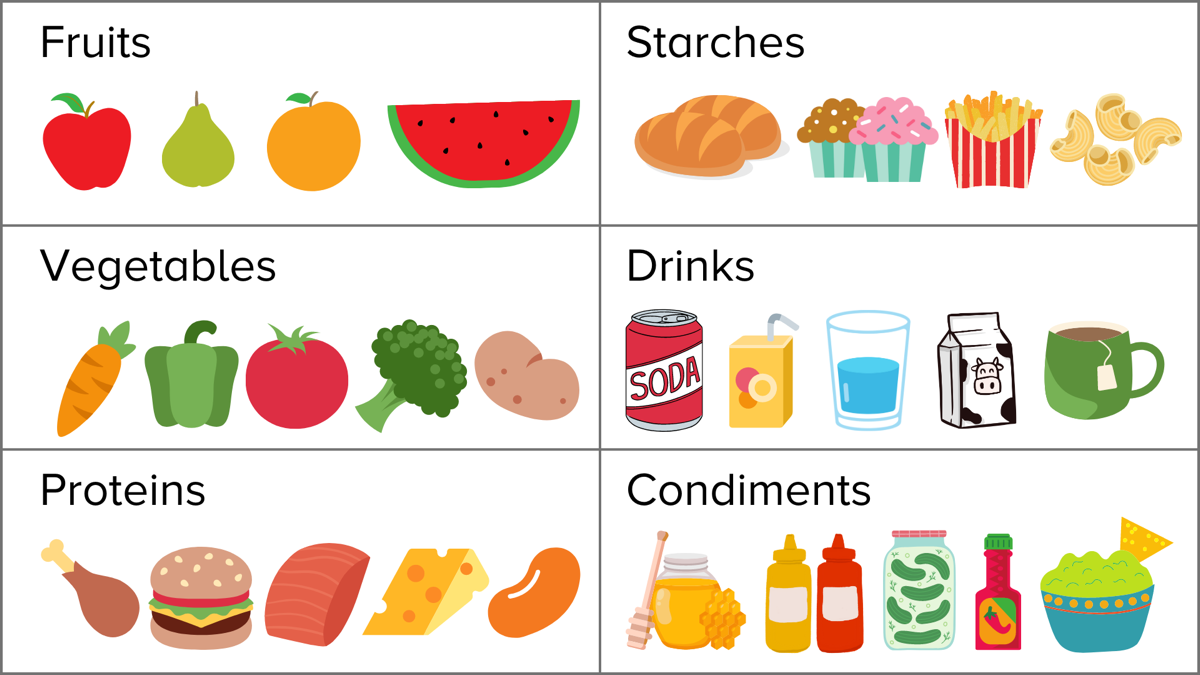
Activity: Testing The Wasps Favorite Forbidden Food
The time of day can make a difference. Wasps are generally most active when it’s warm out, usually between the hours of 12 pm and 6 pm. You’ll want to choose a time for your test when the weather is clear, not overcast or raining. Plan to leave your samples out for several hours to get the best results. Determine a schedule to check on your samples and count the number of wasps visiting each one. Once it begins to get dark, the wasps should return to the nest for the night, and you can retrieve your samples safely.
Speaking of safety, check to make sure that no one helping you with this experiment is allergic to bees or wasps. If they are, they should not be responsible for checking on the samples at any time. You may want to set up your samples on a table or other surface outside a window to make observations safely from inside. Or, if you have access to a trail camera or Ring, you can set it up to capture pictures for you.
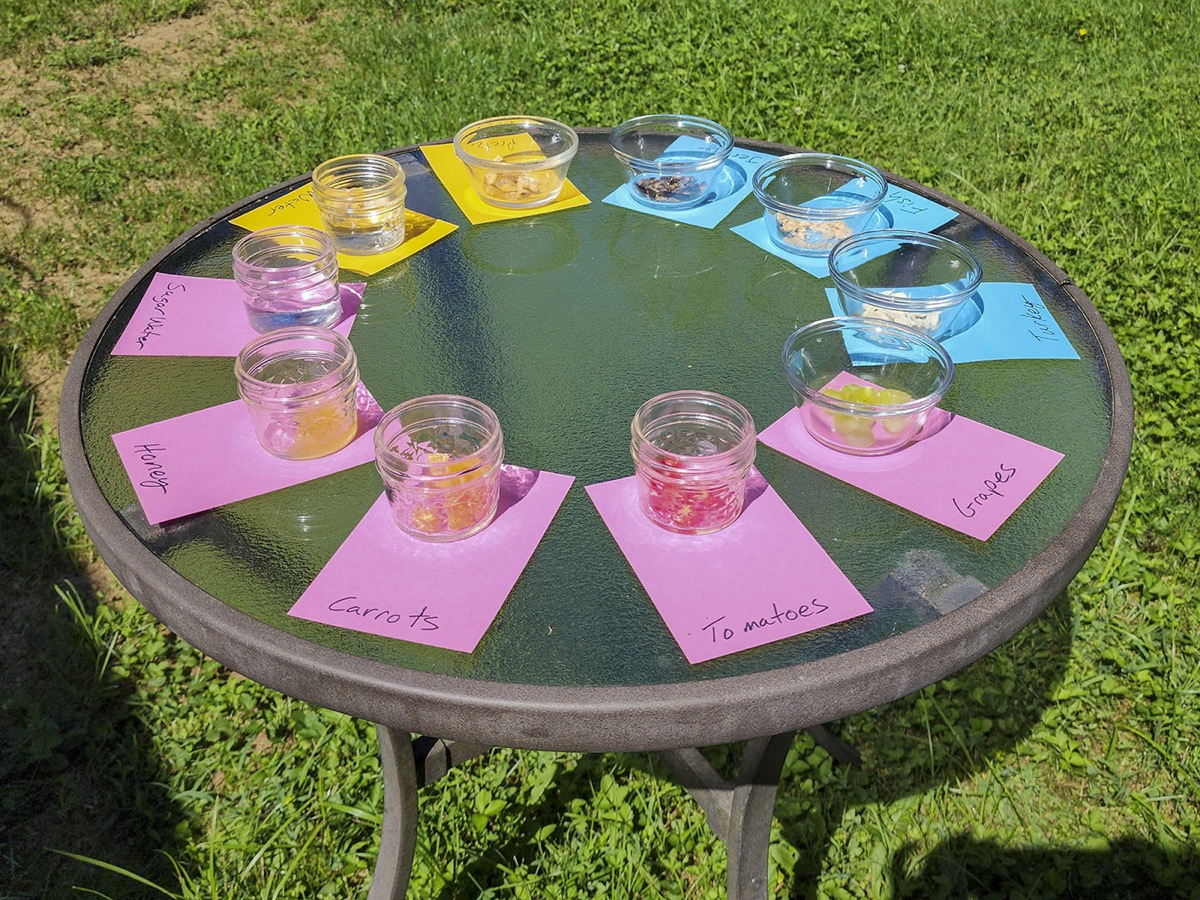
The Experiment:
- Place about 1 tablespoon of your selected sample food or drink in a dish. Repeat for each sample. You’ll want at least three samples – one sugary, one protein, and one you think will be neutral, like water.
- On an index card or a scrap of paper, write the name of the sample. Use a marker and write with large letters, so that you can easily observe what sample the wasps are visiting even from a distance.
- Select a place outside for your samples. They should all be located together in the same place, as a control. Place each sample on top of the matching labeled paper. Spread them out a bit to make it easier to observe each sample.
- Wait. Yes. This is the hard part, but you need to give the wasps a little time to find your samples. Check back in 30-60 minutes.
- Check the samples at regular intervals throughout the day. Set a schedule and make sure you check on time each time. Every half hour is probably fine.
- Count the number of wasps you see visiting each dish, at each visit. Record your data. Take a picture if you have a camera. You may want to keep an insect field guide on hand to determine what kinds of wasps you are observing. (Fun fact: There are up to 18,000 species of wasps in North America!) Don’t count bees, flies, or other insects, if you are able. (This video provides great tips for telling the difference!)
- Once you have finished collecting data, wait until early evening to retrieve your samples and dispose of them.
Note for educators: You may consider having the experiment continue over the course of the day by having students in each class log data in a common journal.
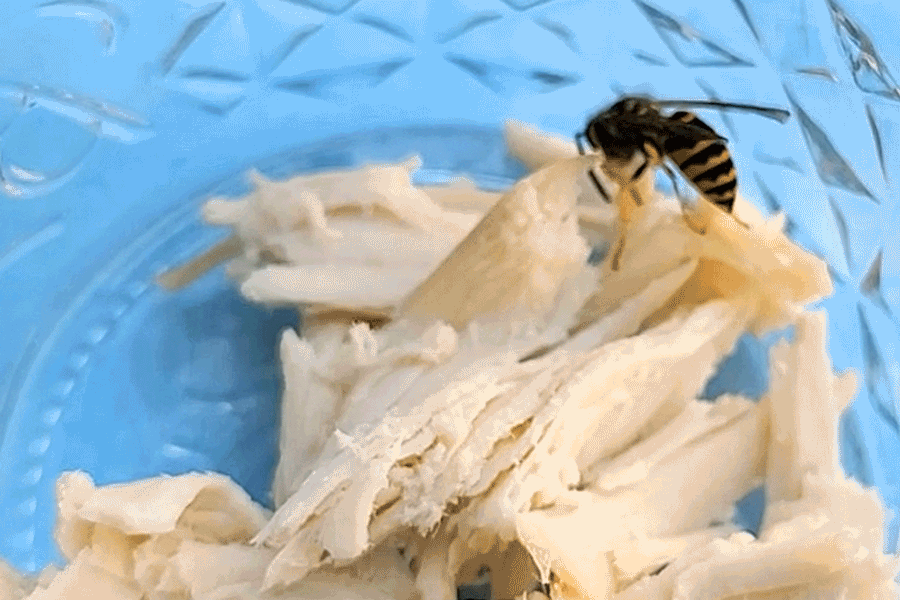
Analyze Your Data:
- Based on your data, at what time of day were your wasps most active? Did you notice any trends? If desired, make a line graph of the number of wasps that visited each hour.
- What food did they prefer? Was it the food you predicted? Did they prefer one type of food over the other? If desired, make a bar graph of your findings.
- What types of wasps did you observe? Were they all the same or did different species visit? Were you able to identify any species? Did different species prefer different foods?
- Were you able to tell wasps apart from other insects? If so, what other visitors stopped by your buffet for a snack? What foods were their favorites? Did they prefer different foods from the wasps?
- Knowing what you now know, how would you refine the experiment? What additional foods might you offer? Would you change the time of day you set out your samples? Would you pick a different location? How can you improve upon your findings?
Why You Should Thank Your Local Wasp
Extension 1: Repelling Wasps With Food
Just as there are foods that wasps love, some claim there are foods they hate. There are many suggestions on the Internet for keeping wasps away from your table by putting out specific items such as cucumbers, garlic, lemons, peppermint, cloves, lemongrass, and hot peppers. Do a little research (with a parent’s permission) to see what foods or scents are supposed to keep wasps away. Try testing these samples next to the food you discovered that wasps like. What happens? Do the repellant foods actually keep the wasps away?
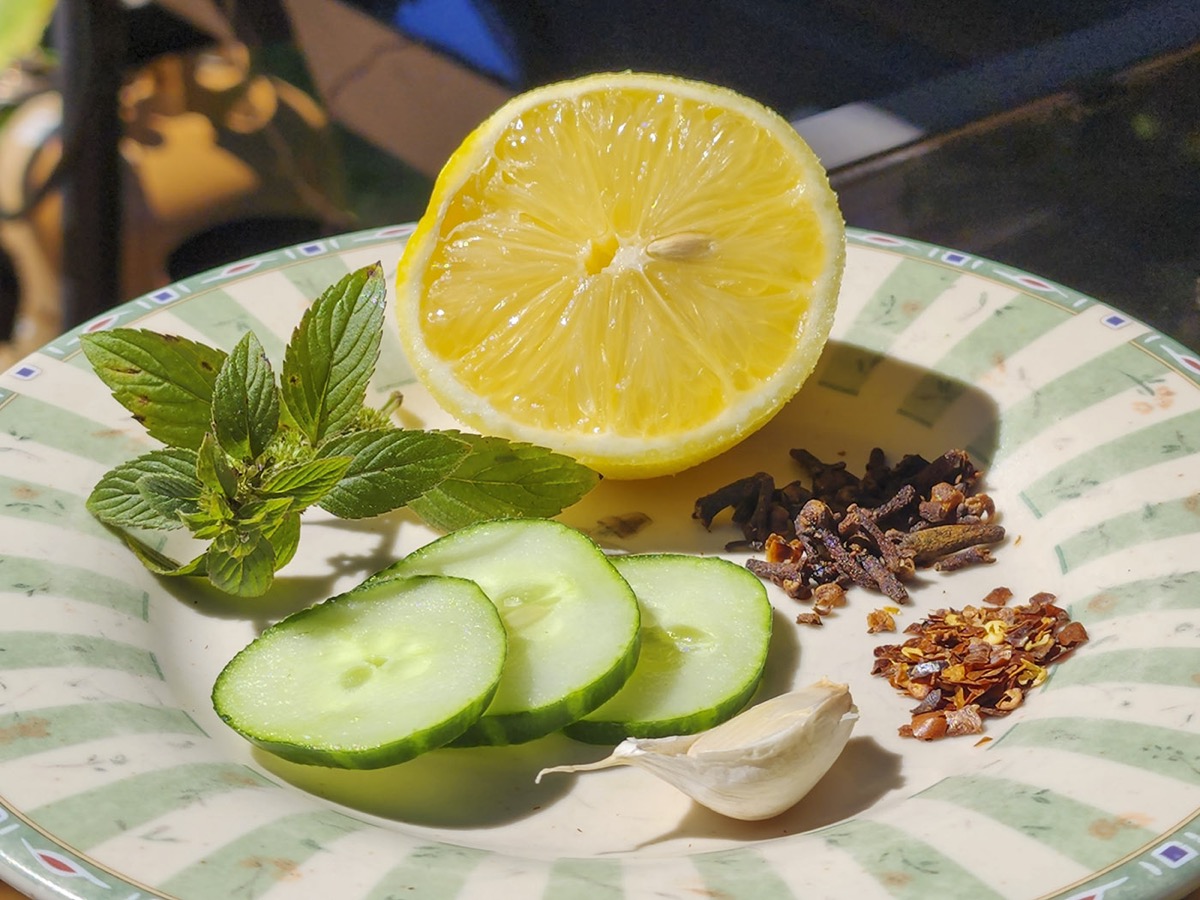
Extension 2: Luring Wasps Away From Your Dinner
Now that we’ve got a sense of what food wasps like, we can test if placing that food as a tiny offering away from our picnic area will keep wasps from crashing the party. So the next time you’re eating lunch outside, place a dish with the wasp’s favorite at a distance away.
Start with setting the sample 10 feet from your table and see if that does the trick. Use a tape measure to set the distance accurately. After about 30 minutes, count the number of wasps that arrive at your table and the number you observe on your sample. Then, if you can do so safely, move the sample 15 feet away, wait, and repeat your counts. You may need to try this on another day, if the wasps don’t want to leave your food sample. You can also try covering the sample so they can’t “smell” it, while you set out a fresh sample farther away.
Keep moving your sample another 5 feet away every half hour or so. How far away can you place the attractive sample before it no longer lures wasps away from your meal? In her interview, Dr. Sumners says people put samples as far as 10 meters away to distract the wasps. That’s 33 feet!
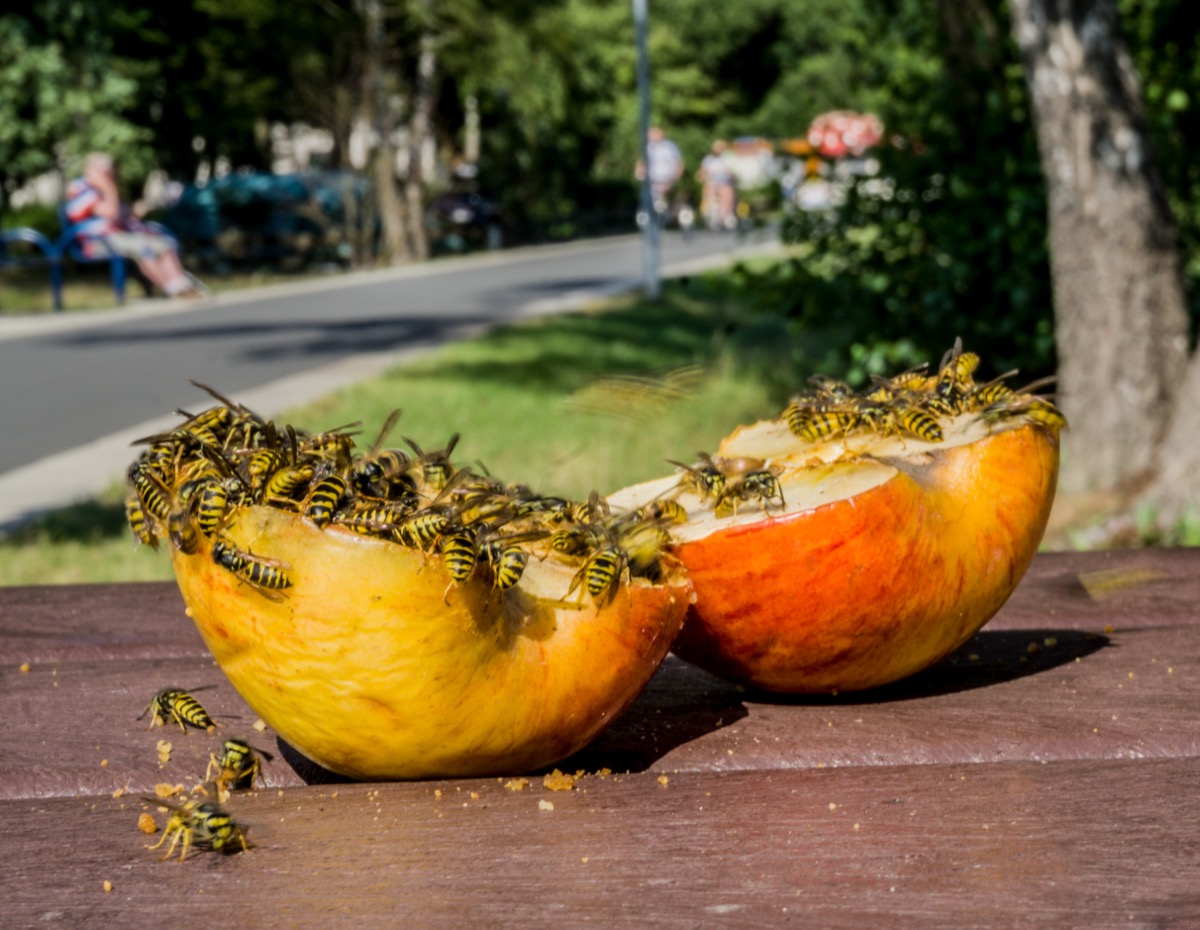
The Secret World Of Wasps
If you’ve enjoyed learning about wasps, what they eat, and how they behave, you may be on your way to becoming a behavioral ecologist or an entomologist. If you’d like to learn more about these amazing creatures, and their relatives the bees, here are some resources to explore.
- Young Naturalists, “Wonderful Wasps” by Crystal Boyd for the Minnesota Conservation Volunteer Magazine.
- BioKids, “Wasps, bees, and ants“
- iNaturalist, “Ants, Bees, Wasps, and Sawflies“
- DIY.com Entomology Activities
- Endless Forms: The Secret World of Wasps, by Seirian Sumner.
Icky Or Essential? Why Wasps Are Actually Important
NGSS Standards
- K-LS1-1: Use observations to describe patterns of what plants and animals (including humans) need to survive.
- K-ESS3-1: Use a model to represent the relationship between the needs of different plants and animals (including humans) and the places they live.
- 3-LS1-1: Develop models to describe that organisms have unique and diverse life cycles but all have in common birth, growth, reproduction, and death.
- 3-LS2-1: Construct an argument that some animals form groups that help members survive.
- MS-LS2-1: Analyze and interpret data to provide evidence for the effects of resource availability on organisms and populations of organisms in an ecosystem.
- HS-LS2-8: Evaluate evidence for the role of group behavior on individual and species’ chances to survive and reproduce.
Credits:
Lesson by Sandy Roberts
Copyediting by Ariel Zych
Digital Production by Sandy Roberts
Educator's Toolbox
Meet the Writer
About Sandy Roberts
Sandy Roberts is Science Friday’s Education Program Manager, where she creates learning resources and experiences to advance STEM equity in all learning environments. Lately, she’s been playing with origami circuits and trying to perfect a gluten-free sourdough recipe.
